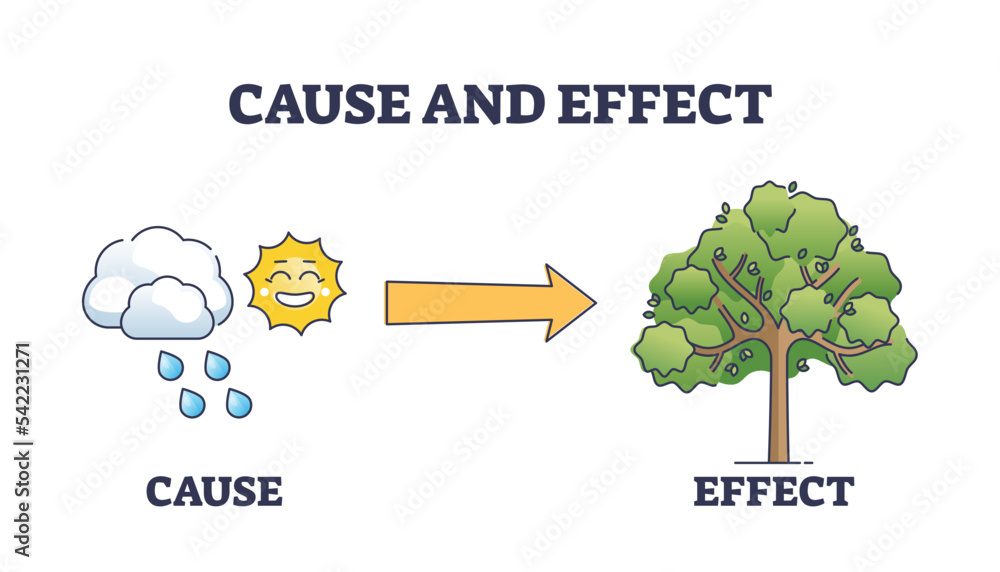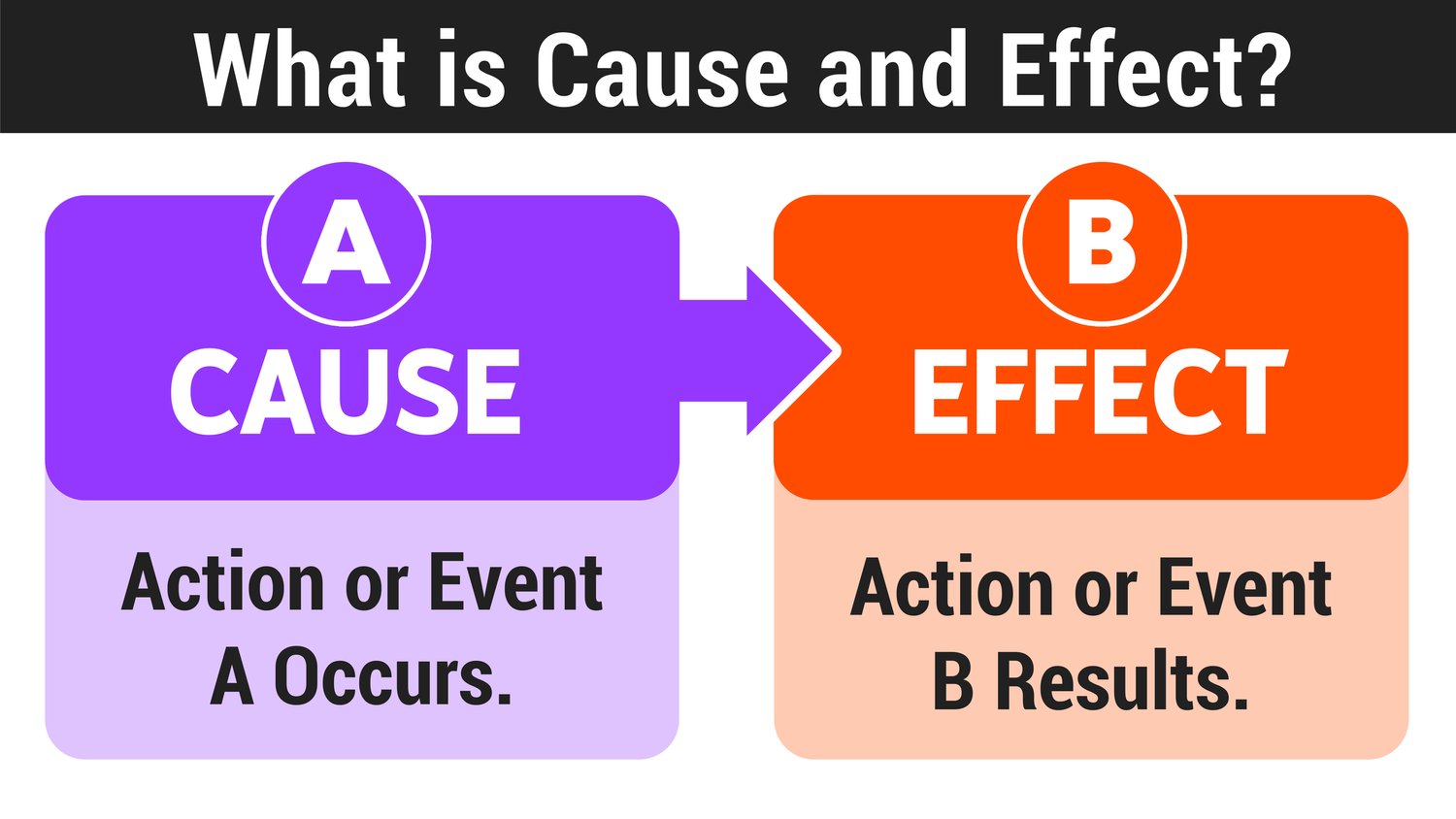Understanding The Cause Of Luke Perry's Untimely Passing
The news of Luke Perry's passing sent shockwaves across the globe, leaving millions of fans and colleagues heartbroken. Known for his iconic roles that defined generations, particularly as Dylan McKay in Beverly Hills, 90210 and Fred Andrews in Riverdale, Perry's sudden death at the age of 52 prompted widespread grief and questions about the circumstances surrounding his departure. Many sought to understand the definitive cause of Luke Perry's death, eager for clarity on what led to such a profound loss.
His vibrant presence on screen and his genuine warmth off it made him a beloved figure, and his passing served as a stark reminder of life's fragility. This article delves into the details surrounding his death, exploring the medical events that transpired and shedding light on the official findings, while also reflecting on his enduring legacy.
Table of Contents
- A Life in the Limelight: Luke Perry's Biography
- Personal Data & Biodata
- The Sudden Event: A Stroke That Shocked the World
- Understanding Strokes: The Underlying Cause
- The Official Cause of Luke Perry's Death
- Medical Complications and Prognosis
- A Lasting Legacy: Luke Perry's Impact on Culture and Colleagues
- Beyond Grief: Promoting Stroke Awareness and Prevention
A Life in the Limelight: Luke Perry's Biography
Born Coy Luther Perry III on October 11, 1966, in Mansfield, Ohio, Luke Perry embarked on an acting career that would captivate audiences for decades. His journey to stardom began in the late 1980s, but it was his role as the brooding, sensitive Dylan McKay in the iconic 1990s teen drama Beverly Hills, 90210 that catapulted him to international fame. He became a teen idol, a symbol of a generation, and a central figure in one of television's most influential shows.
Beyond his breakthrough role, Perry demonstrated a versatile acting range, taking on diverse characters in film and television. He appeared in films such as Buffy the Vampire Slayer (1992), 8 Seconds (1994), and The Fifth Element (1997). In later years, he found a new generation of fans as Fred Andrews, the kind-hearted father of Archie Andrews, in The CW's hit series Riverdale. His work on Riverdale showcased his continued talent and cemented his status as a beloved actor who could connect with audiences across different age groups. His career was a testament to his dedication and passion for storytelling, making his untimely departure all the more poignant.
Personal Data & Biodata
| Attribute | Detail |
|---|---|
| Full Name | Coy Luther Perry III |
| Date of Birth | October 11, 1966 |
| Place of Birth | Mansfield, Ohio, USA |
| Date of Death | March 4, 2019 |
| Age at Death | 52 |
| Occupation | Actor |
| Known For | Dylan McKay (Beverly Hills, 90210), Fred Andrews (Riverdale) |
| Spouse | Rachel Sharp (m. 1993; div. 2003), Wendy Madison Bauer (engaged) |
| Children | Jack Perry, Sophie Perry |
The Sudden Event: A Stroke That Shocked the World
On February 27, 2019, Luke Perry suffered a massive ischemic stroke at his home in Sherman Oaks, Los Angeles. The incident occurred shortly after the news broke that a reboot of Beverly Hills, 90210 was in the works, though Perry had not committed to the project at that time due to his commitments to Riverdale. Emergency services were called, and he was rushed to a nearby hospital, where he remained under observation.
Reports from that time indicated the severity of his condition. While initial hopes were held for his recovery, his health rapidly deteriorated. The medical team did everything possible to stabilize him and mitigate the damage, but the impact of the stroke was profound. The devastating news of his critical condition spread quickly, leading to an outpouring of support and concern from fans and fellow celebrities worldwide. This critical health event directly became the ultimate cause of Luke Perry's death.
Understanding Strokes: The Underlying Cause
To fully grasp the cause of Luke Perry's death, it is essential to understand what a stroke entails. A stroke, often referred to as a "brain attack," occurs when the blood supply to part of your brain is interrupted or reduced, depriving brain tissue of oxygen and nutrients. Brain cells begin to die within minutes. This interruption can be caused by a blocked artery (ischemic stroke) or the leaking or bursting of a blood vessel (hemorrhagic stroke). The type of stroke dictates the immediate medical response and often influences the prognosis.
The severity of a stroke and its long-term effects depend on the part of the brain affected and the extent of the damage. Strokes can lead to temporary or permanent disabilities, depending on how long the brain lacks blood flow and which area is impacted. They can affect movement, speech, memory, and other vital functions. Understanding these distinctions is crucial for appreciating the complex medical factors that lead to such tragic outcomes.
Ischemic Stroke: The Most Common Type
An ischemic stroke, the type Luke Perry experienced, accounts for about 87% of all strokes. It occurs when a blood clot blocks a blood vessel that supplies blood to the brain. These clots often form in arteries narrowed by atherosclerosis, a condition where plaque builds up in the arteries. This plaque can break off and travel to the brain, or a clot can form directly on the plaque. The immediate blockage of blood flow can cause rapid and extensive damage to brain tissue, and if not treated quickly, can lead to irreversible damage or death. The underlying cause of an ischemic stroke often relates to cardiovascular health.
Hemorrhagic Stroke: Less Common, More Deadly
Less common but often more severe, a hemorrhagic stroke occurs when a blood vessel in the brain leaks or ruptures. Blood spills into the brain tissue, causing swelling and pressure that damages brain cells. This type of stroke can be caused by uncontrolled high blood pressure, aneurysms (weak spots in blood vessels that balloon and burst), or arteriovenous malformations (AVMs), which are tangles of abnormal blood vessels. While not directly relevant to Luke Perry's case, understanding this type helps to contextualize the broader spectrum of cerebrovascular accidents.
Identifying Risk Factors for Stroke
Several factors can increase a person's risk of having a stroke. While some, like age and family history, are unchangeable, many others are modifiable. Common risk factors include:
- High blood pressure (hypertension)
- High cholesterol
- Diabetes
- Smoking
- Obesity
- Heart disease (e.g., atrial fibrillation, coronary artery disease)
- Previous transient ischemic attack (TIA), often called a "mini-stroke"
- Excessive alcohol consumption
- Lack of physical activity
While specific details about Luke Perry's personal health history leading up to his stroke were not extensively publicized out of respect for his family's privacy, it is known that he was a smoker. However, attributing the stroke solely to one factor is often an oversimplification, as strokes can result from a complex interplay of various pre-existing conditions and lifestyle choices. The ultimate cause of Luke Perry's death was the stroke itself, but these risk factors can contribute to the likelihood of such an event occurring.
The Official Cause of Luke Perry's Death
Following his hospitalization, Luke Perry remained in a critical condition for several days. Tragically, he passed away on March 4, 2019. The official death certificate, obtained by various media outlets, confirmed the cause of Luke Perry's death as an "ischemic stroke." This formal declaration provided the definitive medical explanation for his passing, aligning with the initial reports of his condition.
The certificate further specified that the stroke occurred at his home and that he was transported to St. Joseph's Hospital in Burbank, California. The term "ischemic stroke" on the official document means that a blood clot blocked blood flow to his brain, leading to the catastrophic brain damage that ultimately proved fatal. This official confirmation closed the chapter on speculation, providing a clear medical answer to the tragic event.
Medical Complications and Prognosis
When a severe ischemic stroke occurs, the immediate challenge is to restore blood flow to the affected brain area as quickly as possible. Treatments like tissue plasminogen activator (tPA) can dissolve clots, but they must be administered within a narrow time window. In cases of massive strokes, the brain can swell significantly, leading to increased intracranial pressure, which can further damage brain tissue and be life-threatening. The medical team's
- Kassidie Kosa
- Fsi Bloge
- Exploring The Fascinating World Of Yololary Spiderman
- Taylor Swift
- Uncut Webseries

Cause and effect as action purpose and outcome imminence outline

5 Cause and Effect Examples and Explanations — Mashup Math

Cause and effect | PPT